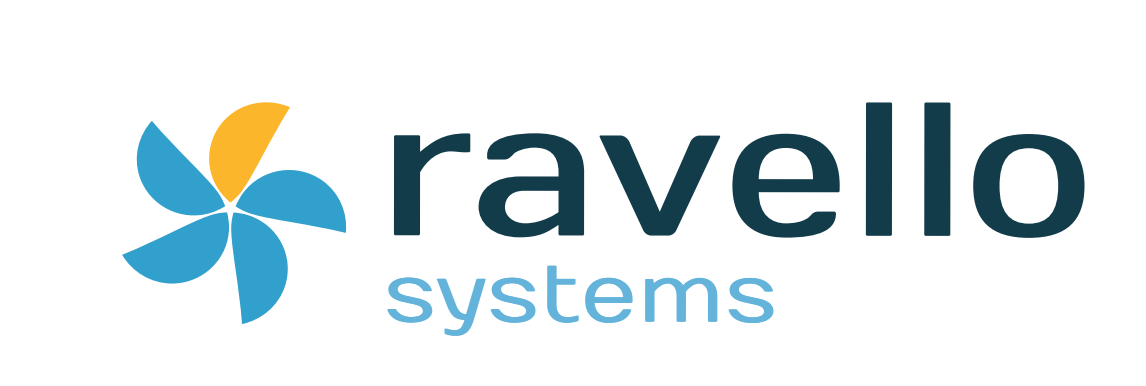
Ravello Systems, a nested virtualization provider, is attempting to break down barriers between development and QA teams by introducing a way to snapshot and share development and test environments.
The feature allows developers and testers to snapshot and share multi-tier environments, which means they can find bugs faster and collaborate together, according to Ravello. Software developers and testers can save custom data-center testing environments as blueprints for sandboxes, which can be deployed in public clouds like AWS and Google Cloud.
Ravello Systems’ CEO Rami Tamir said that this feature has been compared to Instagram, because “When you make it simple to capture and instantly share something, it quickly becomes part of the user’s life.”
This release also allows users to share links to live environments and share snapshots of the application environments. Links can now be saved and shared in issue-tracking tools like JIRA and Bugzilla, and messaging tools like Slack.
(Related: How to build up service virtualization)
The state of the disks, memory, network, firewall settings and topology metadata can all be saved as a blueprint. This means enterprises can “spin up” isolated copies of the environment with an API call. Developers and test engineers can share blueprints with each other and create their own clones for the same environment, which could increase the application development cycle, according to Ravello.
Today, Ravello also has a new capability available called ephemeral access. This will give temporary access to live environments that self-destruct, so teams will not have to worry about “costs of zombie environments or runaway resources,” said the company.
Most users are already familiar with the concept of snapshotting and cloning a single virtual machine running on VMware, and since the company uses nested virtualization technology, it can allow users to take a snapshot or blueprint of an entire application that is running on Ravello technology.
A free trial of this technology is available to testers and developers, with up to 2,880 CPU hours.






